Many don’t realize the significant dangers posed by low head dams. That’s part of what makes them so dangerous. In fact, to those familiar with these dams, they are often called “drowning machines.”
The Town of Rocky Mount is one of many Virginia localities with a low head dam. Generally, these dams were installed decades ago to stem or hold back the flow of water used for industrial manufacturing. As many of the factories closed down, the dams were deeded to local governments and are now considered legal municipal property – one that poses serious hazards to citizens on the water.
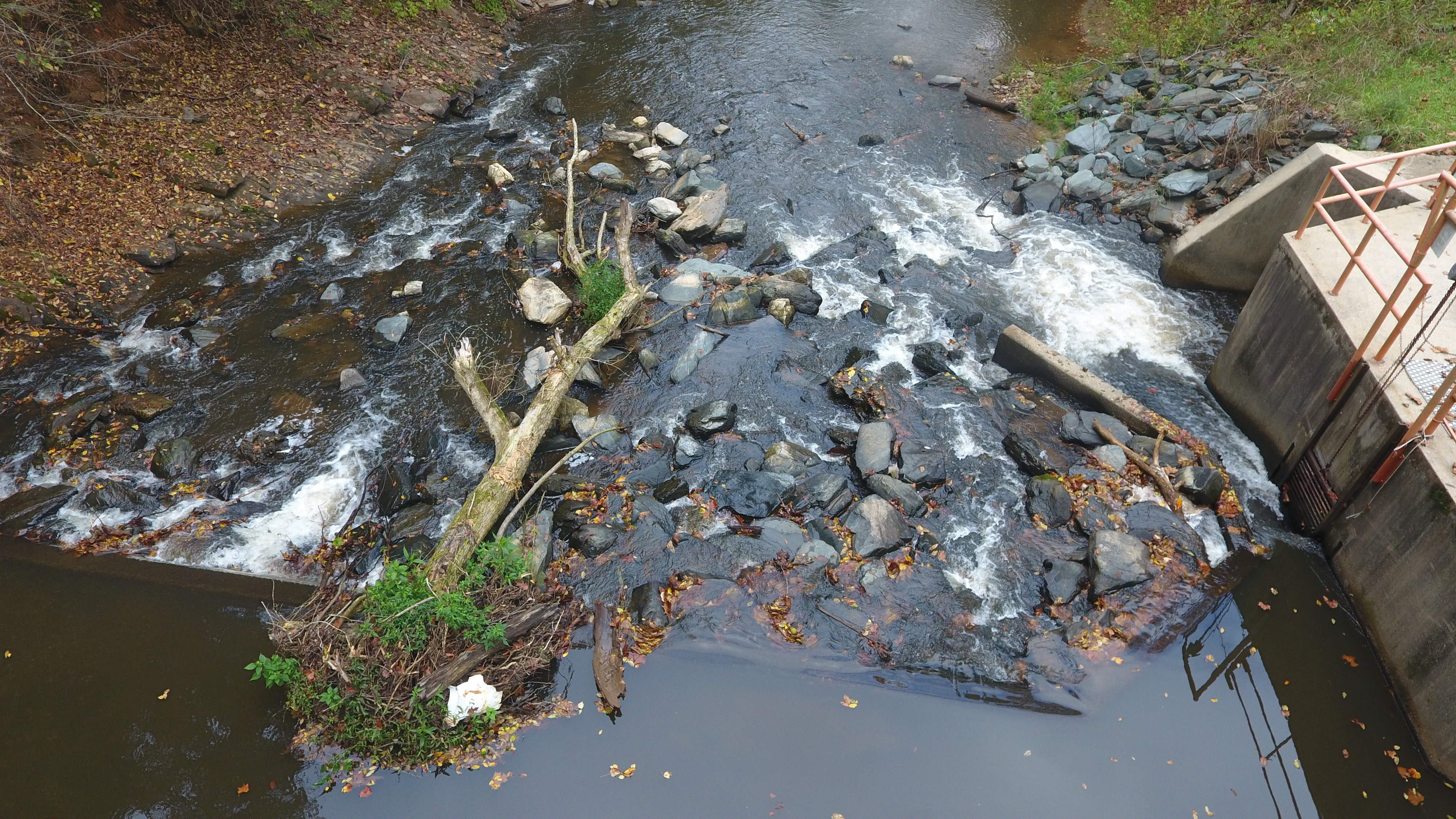
Because they are difficult to see from upstream, and their small size makes them appear harmless, boaters, swimmers and kayakers may not realize the danger presented until it is too late.
This was the case for two canoers in the Town of Rocky Mount almost a decade ago. After a summer of particularly heavy rains which raised the river level by several feet, an experienced canoer and another boater both drowned within weeks of each other at the low head dam located on the Blackwater River.
“The dam is innocuous most of the year,” said Bob Deitrich, water plant superintendent for the town. “But when the flow goes from 100 cubic feet per second to 1,000, and the water level is well above the dam – it creates a circular current almost like a spin cycle. When the water spills over it goes straight down.”
The current is so strong it can drag an individual down to the bottom, pull them up, push them back toward the spillway and back down again.
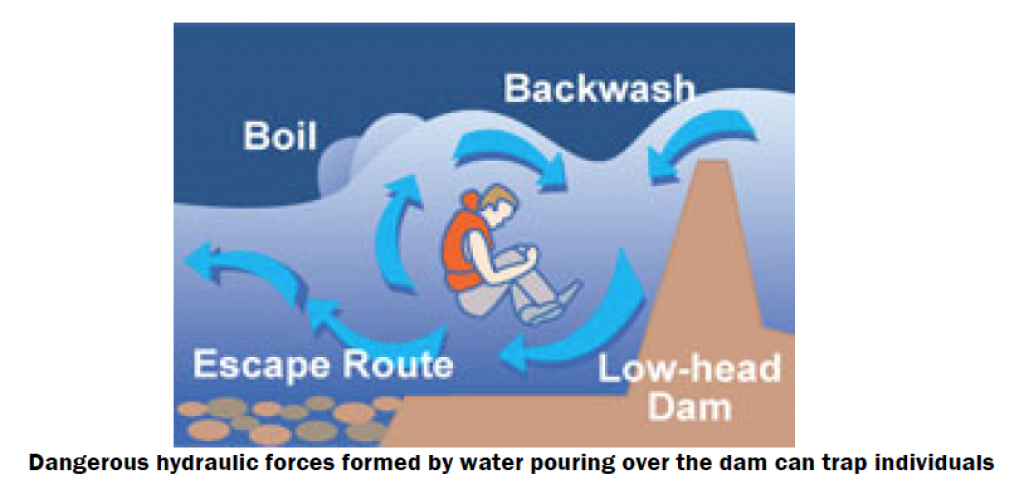
Quickly after the first fatality, Deitrich led the process for installing warning signs for boaters and swimmers. Not only to protect citizens, but also to meet the duty of care for warning the public outlined in Virginia Code Section 29.1-509. Paragraph F.
“Any owner of a low-head dam may mark the areas above and below the dam and on the banks immediately adjacent to the dam with signs and buoys of a design and content, in accordance with the regulations of the Board, to warn the swimming, fishing, and boating public of the hazards posed by the dam. Any owner of a low-head dam who marks a low-head dam in accordance with this subsection shall be deemed to have met the duty of care for warning the public of the hazards posed by the dam. Any owner of a low-head dam who fails to mark a low head dam in accordance with this subsection shall be presumed not to have met the duty of care for warning the public of the hazards.”
The town installed signage, buoys, additional lighting, 9-1-1 emergency boxes that dial immediately when picked up, in addition to boat ramps.
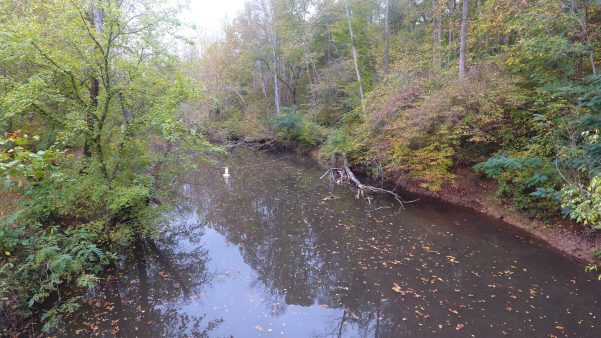
“We partnered with Franklin County to install boat ramps upstream where you can take out, and downstream where you can put back in again, so you can walk around the dam,” said Deitrich. “We’ve ensured the lighting is there so that the warning signs are visible even at night – we’re doing everything we can to ensure the public is aware of the danger.”
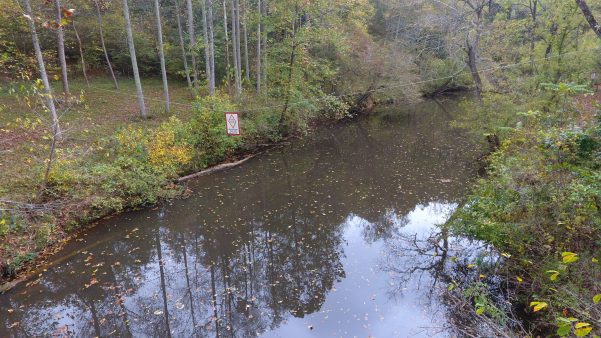
The work was completed within six months of the first fatality.
“Our town manager, James Ervin, was instrumental in making sure we had what we needed to complete this project,” said Deitrich. “We’ve done our best to mitigate the dangers, and I would encourage other localities with a low head dam to do the same. You need to warn people of the danger that exists.”
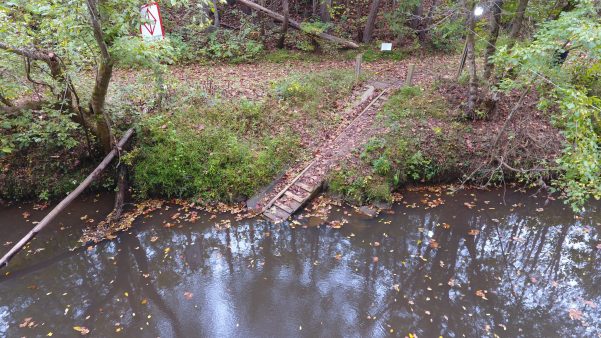
VML Insurance Programs has developed a Hazard Warning Guidance for Low Head Dams guide available online that outlines elements of a safety signage plan. Additionally, the guide provides guidance on sign design and message; placement and location; regulatory and informational markers; maintenance; and more.
The guide is available here.
“The Town of Rocky Mount has done an exemplary job installing warning signage and information for the public utilizing the Blackwater River for recreation,” said VMLIP Senior Safety Consultant Pete Strickler. “As these sports continue to grow in popularity it is even more important than ever to ensure your locality is following best practices for warning the public of the dangers of low head dams.”
For more information and guidance on low head dams, contact your entity’s safety consultant at 1 (800) 963-6800.


